Description
The Connection Between Autism and Vision: Hands-on Demonstrations of Therapeutic Techniques – Christine Winter-Rundell
People with autism have difficulty processing and responding to information from their senses, including their most dominant sense—the visual system. Autistic people often use visual information inefficiently and have problems coordinating their central and peripheral (ambient) vision. This can also be true, to a lesser extent, of those who have Sensory Processing Disorder and ADHD. Through hands-on demonstrations you will learn therapeutic techniques to help improve central and peripheral vision coordination for better outcomes in clients with Autism Spectrum Disorder.
OUTLINE
Understanding the Neuro-Anatomy of the Visual System
- Ambient versus Focal pathway description
Autism Spectrum Disorder
- Visual signs and symptoms for autism spectrum disorder
- Why is vision particularly important for those on the Autism Spectrum?
- How can you explain many of the classic symptoms of Autism by understanding the Ambient Visual Pathway?
- What is yoked prism and how does it help those with Autism?
Therapeutic Activities: Demonstrations
- Peripheral awareness games
- Vestibular stimulation, fixation, and eye tracking activities
- Floor maze for laterality and directionality
- Ambient pathway stimulation tools
OBJECTIVES
- State the importance of Ambient (peripheral) function for autistic patients.
- Explain how classic autistic behaviors relate to visual function.
- Implement specific hands on visual activities to support overall development of ASD children.
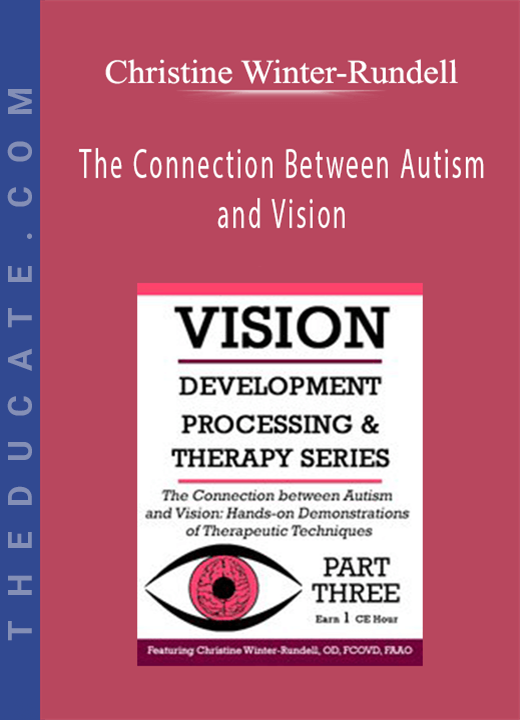


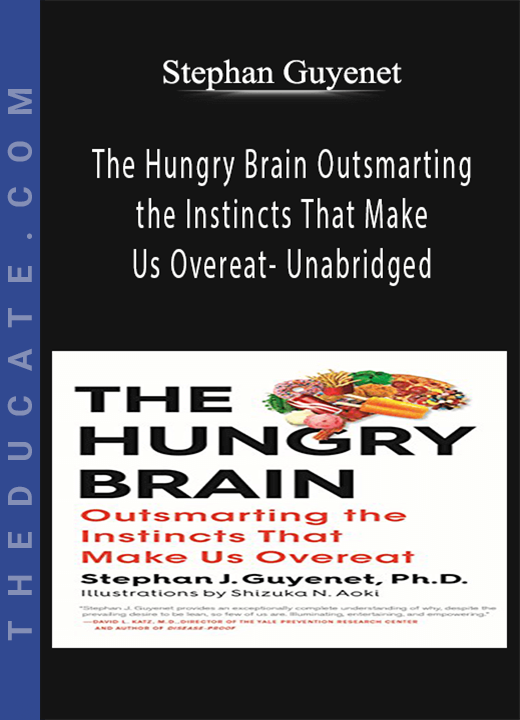
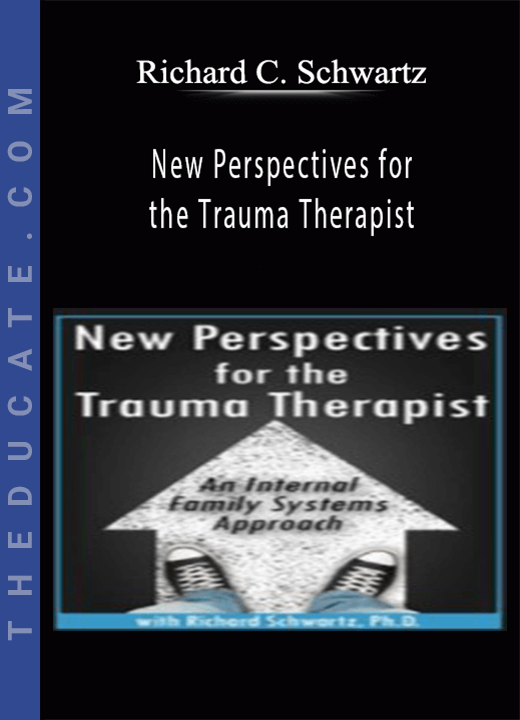
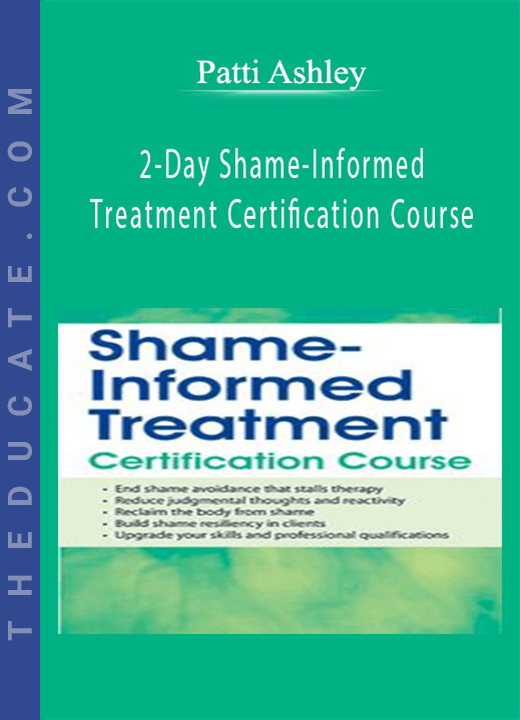
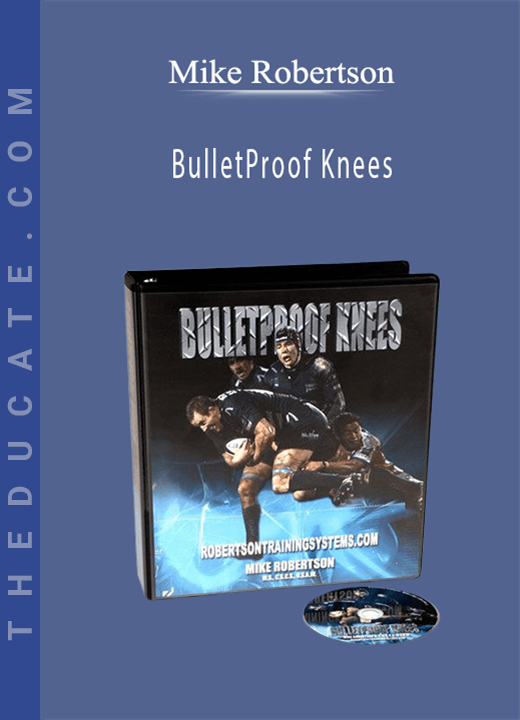
12 reviews for The Connection Between Autism and Vision: Hands-on Demonstrations of Therapeutic Techniques – Christine Winter-Rundell
There are no reviews yet.